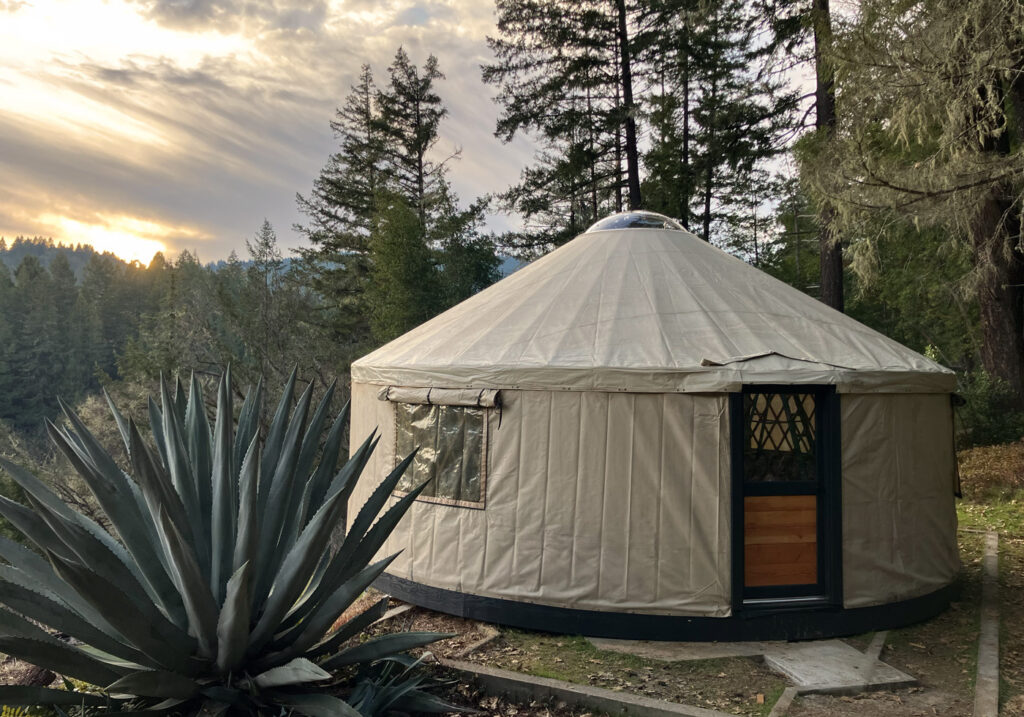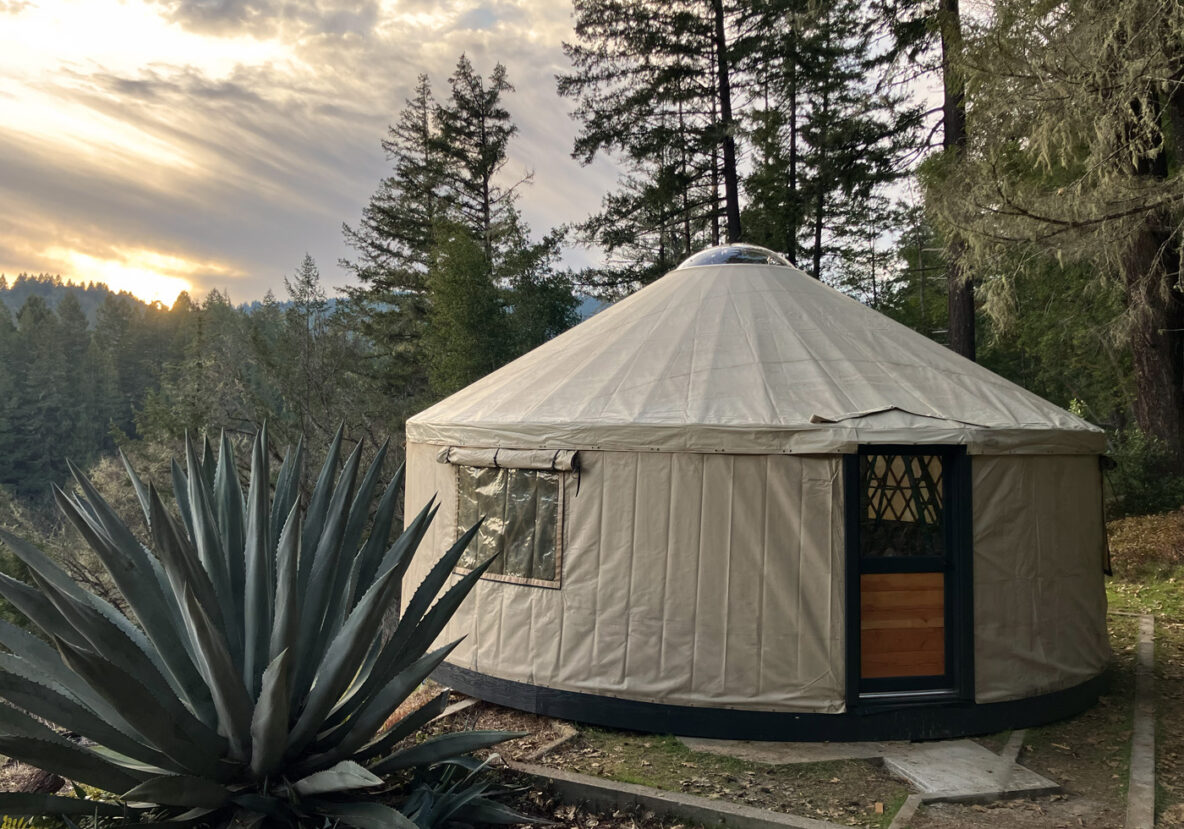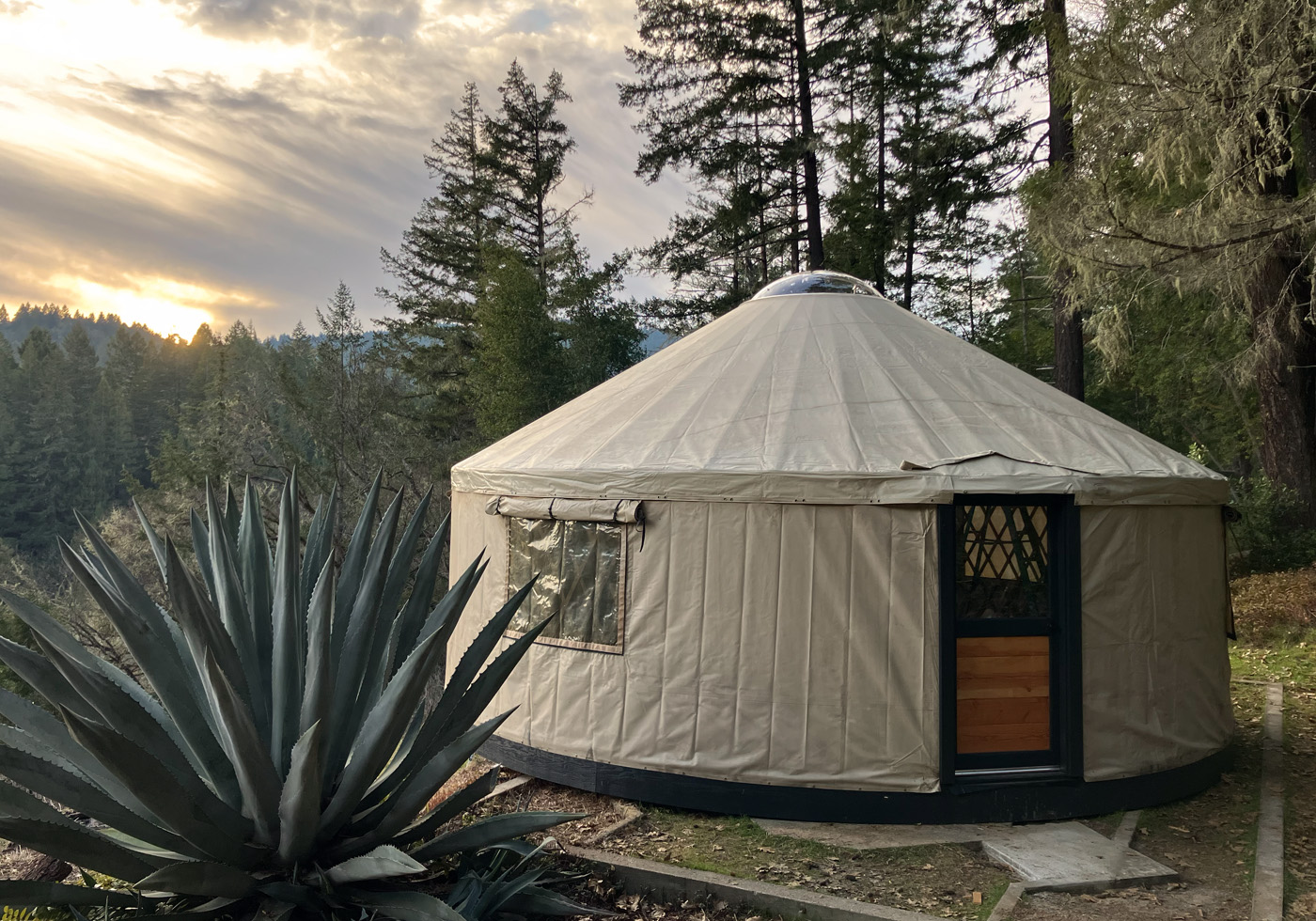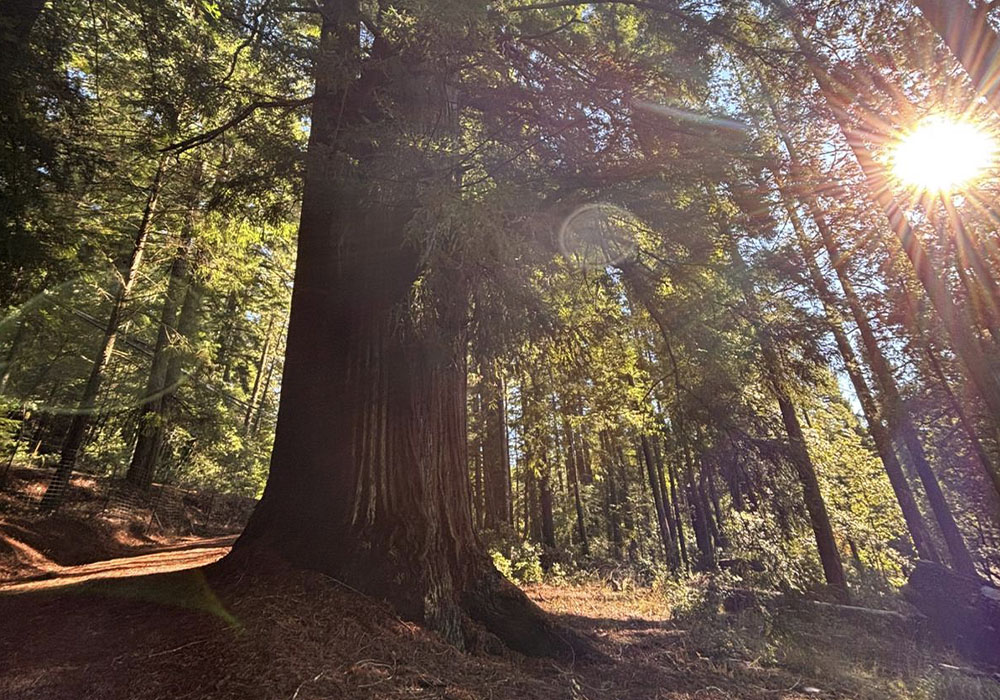Why post-journey integration matters more than the medicine itself.
We love to talk about neuroplasticity in the psychedelic world. It’s become the golden buzzword of healing—this idea that your brain is open, flexible, rewiring, and ready for change after a journey.
And it’s true…
But what most people don’t realize is that **neuroplasticity doesn’t care what it wires in.
It can rewire your healing.
Or it can rewire your trauma.
It all depends on what you’re doing with that window.

Psychedelics Open the Door—Neuroplasticity Builds the Foundation
After a powerful experience—whether through ibogaine, psilocybin, ketamine, ayahuasca, or MDMA —the brain enters a heightened state of plasticity for days to weeks.
- Old patterns feel looser
- Emotions are more accessible
- Habits feel easier to shift
Thoughts are more fluid and expansive This is often referred to as the "critical window"—a post-journey period where your mind and body are more receptive to change than usual.
Sounds amazing, right?
It is.
But only if you have the right inputs during that window.
Without Structure, You Don’t Heal—You Rewire the Old Wounds Deeper
Here’s what most people don’t understand:
Neuroplasticity doesn’t discriminate.
It simply amplifies whatever you’re repeating—internally or externally. So if you go back to:
- The same environment that triggered your stress
- The same relationships that activated your trauma
- The same thought patterns of shame, fear, and avoidance
- The same addiction, scrolling, isolation, or chaos…
Then that is what gets rewired—more deeply than before.
You’ve now biologically reinforced the very patterns you were trying to release.
The Danger of the Post-Ibogaine Crash Without Support
Ibogaine is one of the most powerful addiction interrupters on the planet.
It resets neurochemistry. It clears out trauma. It creates an incredible pause in cravings and compulsions.
But without structured aftercare, clients often:
- Go home with zero support
- Enter a state of hypersensitivity and spiritual/emotional rawness
- Face their old life with no new coping tools
- Crash into depression, confusion, or relapse within weeks
Not because the medicine didn’t work.
But because the neuroplastic window was wasted—or worse, misused.
The same goes for any psychedelic.
You’re neuroplastic. You’re open. You’re vulnerable.
What you do in that window determines whether you heal or harm.
What Actually Supports the Brain During This Window?
Nervous system repair
Without a regulated body, new thoughts and habits can’t take hold.Stable blood sugar, rest, and nutrient repletion
Your brain needs physical resources to rewire. Period.Trauma-informed integration support
To help you unpack, reframe, and act on what you experienced.Daily rhythms and rituals
Healing is structured. Even neuroplasticity needs scaffolding.Safe relationships
Your social nervous system is medicine. We rewire in connection.Space from old triggers
You can’t change your story inside the place that broke it.Psychedelics Don’t Change You—Your Choices Do
Psychedelics give you access. Neuroplasticity gives you opportunity. But only integration gives you outcomes.
If you want to create a different life, you have to intentionally use that window.
If you don’t, your brain will default back to whatever is familiar—even if it’s harmful.
This Is Why We Exist
At The Living Lodge, we hold space for the **critical window** after ceremony—when you’re open, tender, and full of possibility.
We provide:
- Trauma-informed guidance
- Nervous system nourishment
- Structure, rest, and rhythm
- A sacred pause before reentry
- Tools and practices to wire in the life you actually want
Because your brain is listening.
Your body is open.
And what you do next matters.




